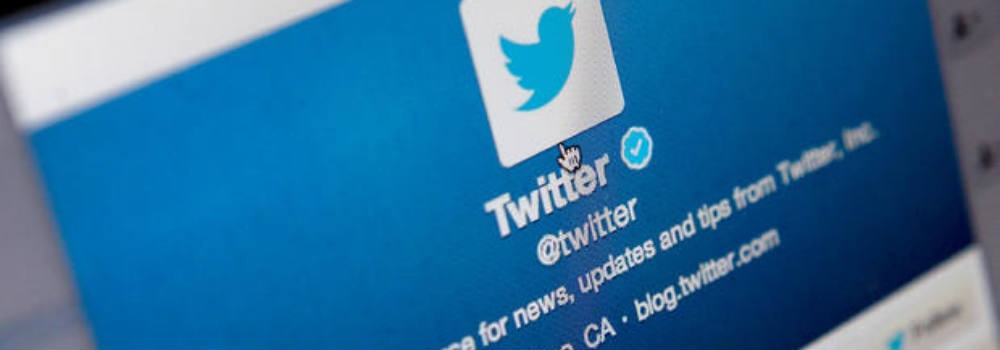Twitter Goes Back to its Old Rules
Negative User Feedback Inspires Backtracking the Changes to Twitter’s “Block” Feature
By: Michelle Monteiro, Staff Writer
KEY POINTS AT A GLANCE:
- Twitter changes its blocking rules back to its original system after much user dissatisfaction
- Twitter’s initiative is to counter cyberbullying and trolling.
- “Twitter will continue to explore features designed to protect from abuse and prevent retaliation.” Michael Sippey, vice-president of product, states in a blogpost.
The social networking service reverses the changes it made to how users block others, less than a day after they were introduced.
Twitter has recently reverted changes to its ‘block’ feature after strong negative user feedback. The controversial ‘block’ function change allowed blocked users to continue to see tweets and to interact with the very accounts that had blocked them. Users quickly expressed their discontentment with this change.
With this new method, blocking a person mutes users from their stream – creating what some Twitter users have called, in recent rants, a “one-way mirror”, and a “gift” to stalkers and harassers.
In response to users’ negative sentiments towards the change, Twitter’s old blocking rule, under which users are not able to follow an account once they are blocked, has, at least for now, returned. In a recent blogpost, Michael Sippey, the social network’s vice-president of product, wrote: “we have decided to revert the change after receiving feedback from many users – we never want to introduce features at the cost of users feeling less safe”.
There have been many pleas and requests for Twitter to engage in a heavier response to cyberbullying, especially following a number of cases where users of the social networking service were assaulted with threats and abuse, otherwise known as ‘trolling.’ The new blocking system was an attempt to satisfy counter-cyberbullying requests.
Sippey, in the same blogpost, argued that Twitter’s initial decision to change the way blocking works was an attempt to prevent abuse by ensuring that users did not know they had been blocked by someone. However, to reverse to Twitter’s old ways, as Sippey explains it, “is not ideal, largely due to the relation against blocking users by blocked users that often occurs. Some users worry just as much about post-blocking retaliation as they do about pre-blocking abuse”.
At this point, it appears that at least some re-thinking of the ‘block’ feature is in order, and Twitter appears to be choosing to hold these changes back for now until it can come up with a system that works for the majority of Twitter users.
Sippey added that Twitter “will continue to explore features designed to protect from abuse and prevent retaliation”.
Known as Michelle, she has been writing since hands could grasp paper and pencils. She has learned that a pencil is an extension of the hand, a gateway to the psyche. Currently, she’s an undergraduate at the University of Toronto, completing a BA in English. For more of her quirkiness, follow her blog at http://therealmichellemonteiro.wordpress.com.
Photo courtesy of rt.com (Canadian Version) & cbcnews.ca
























Share the post "Twitter Goes Back to its Old Rules"